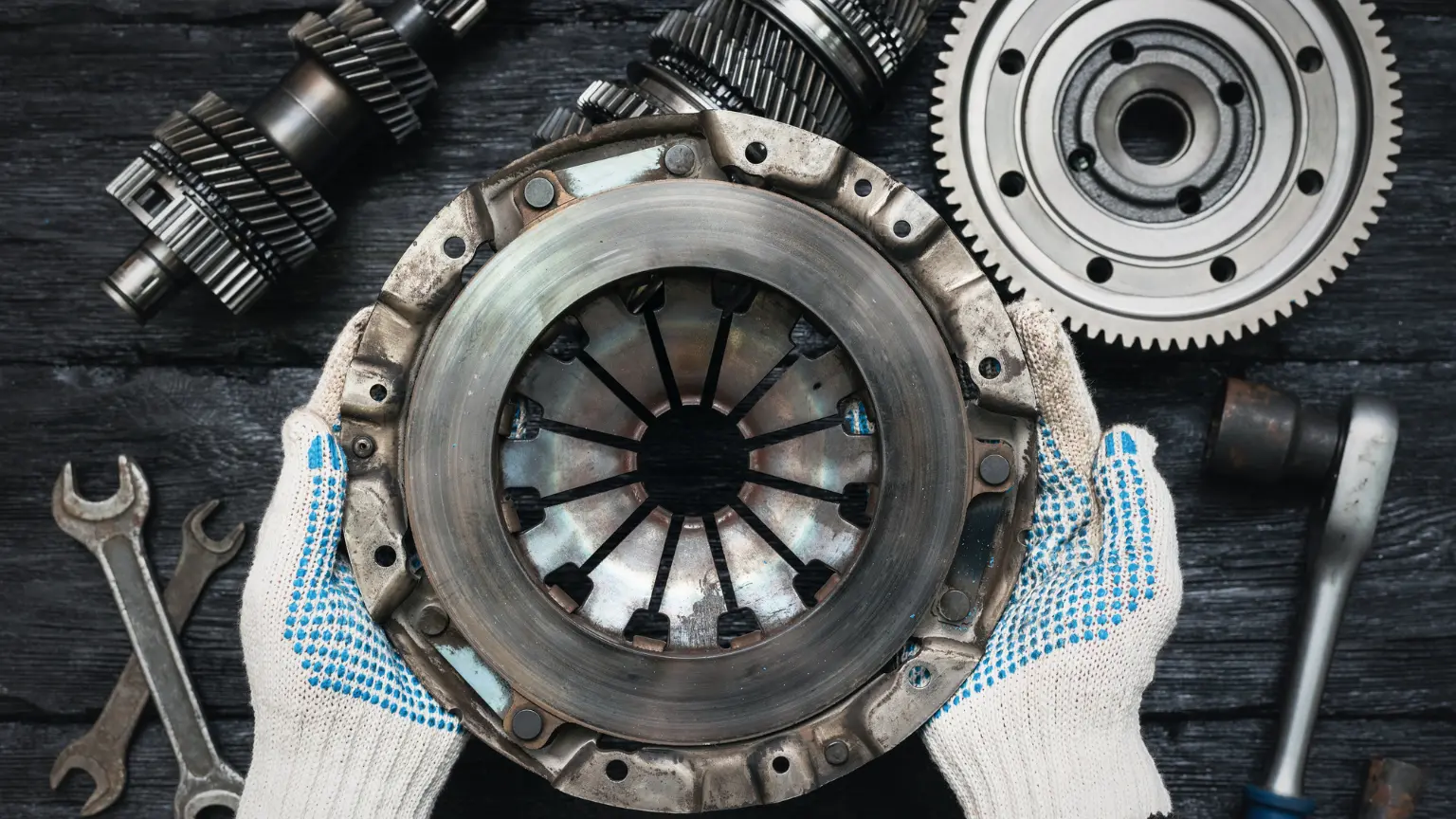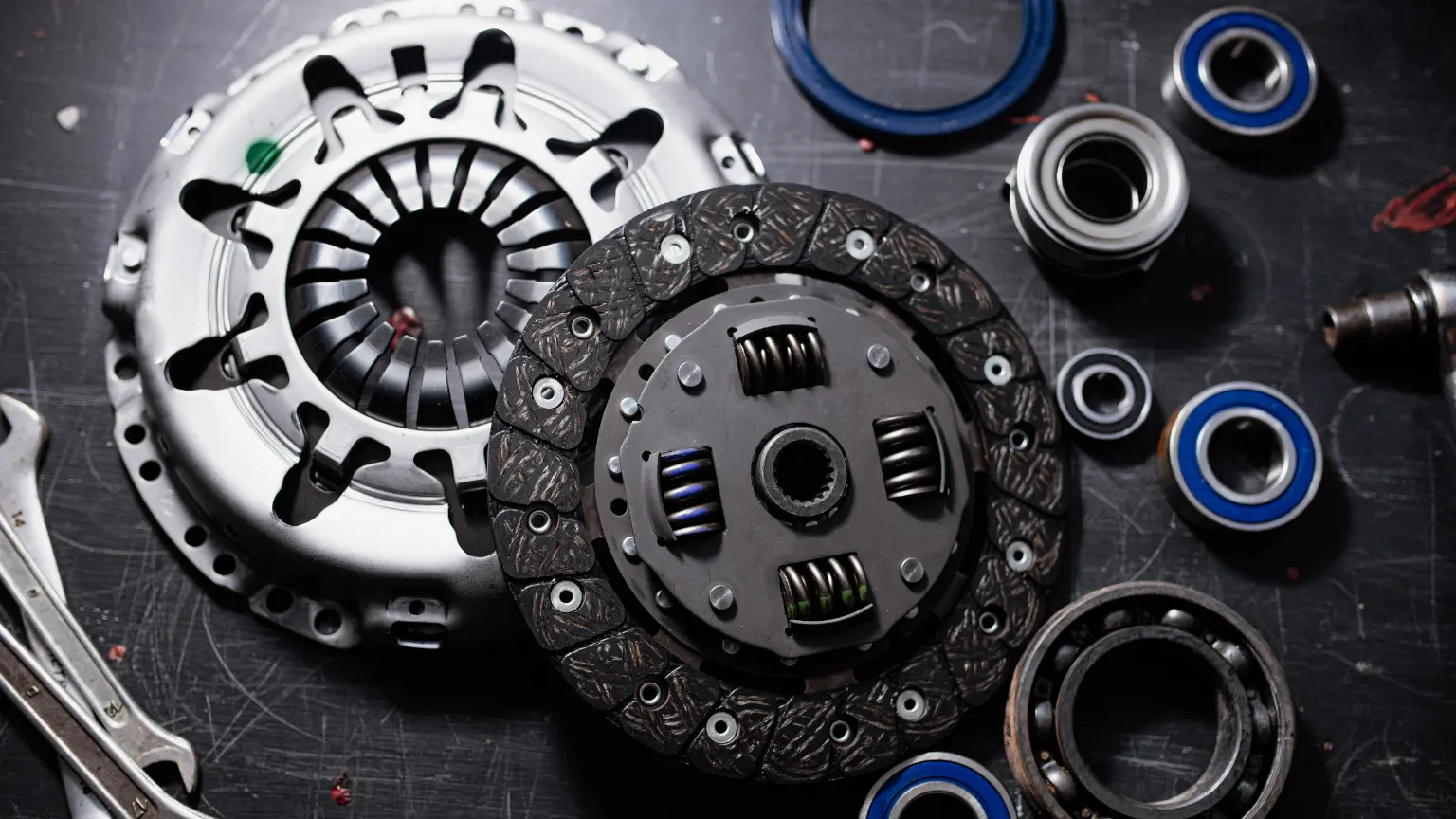Transmission Rebuilds: Pros, Cons, And What To Expect
Learn the difference between transmission repair, rebuild & replacement, plus key signs of failure & how to choose a trusted rebuild shop for lasting reliability
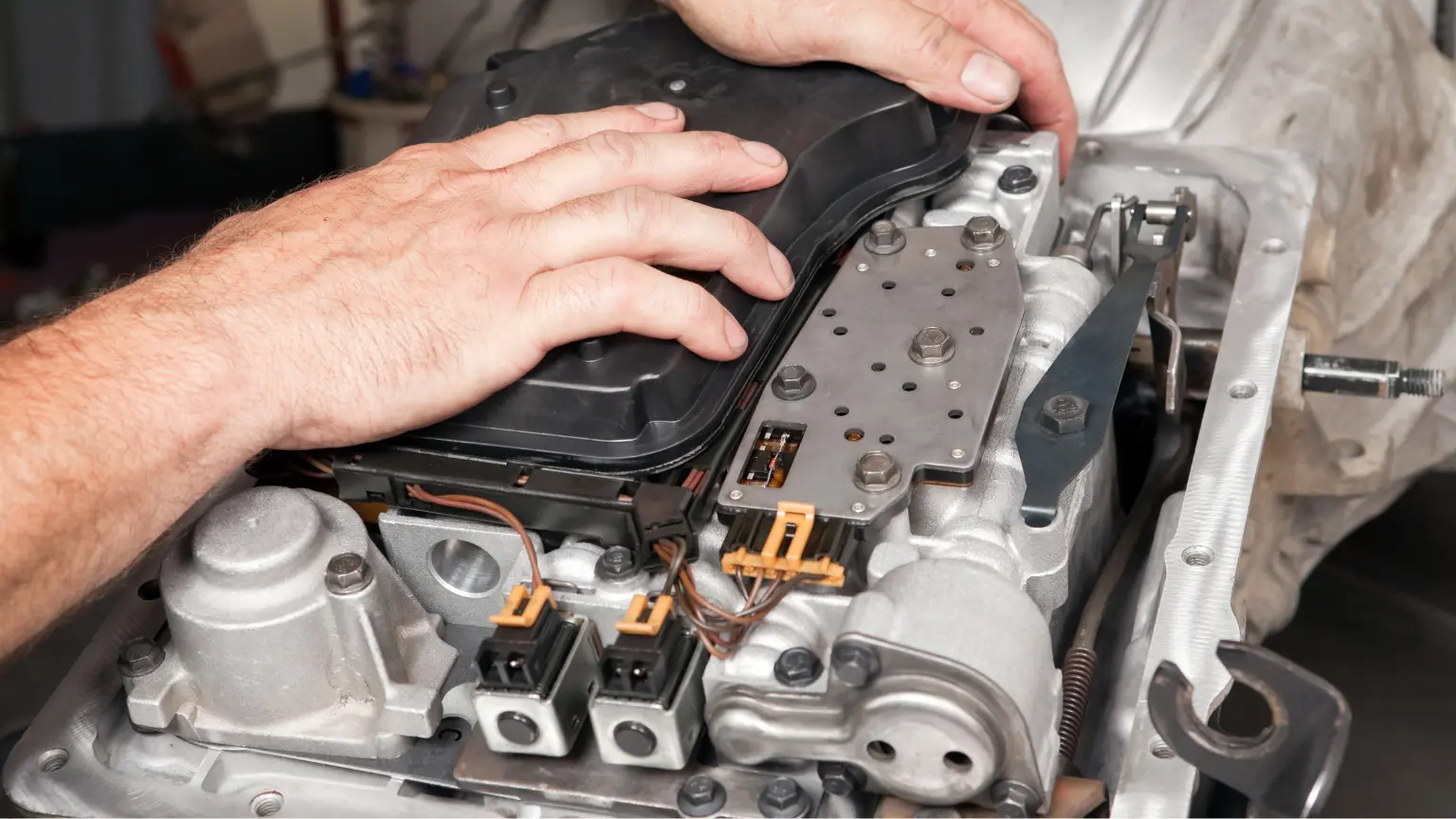
When a vehicle’s transmission fails or starts acting up, drivers often face a crucial decision: transmission rebuild or replacement? The transmission is one of the most complex and expensive components of a car, so choosing the right repair can save a significant amount of money and headaches. In this post, we’ll explain what a transmission rebuild involves, its advantages and disadvantages compared to other options, and what you can expect if you opt to rebuild.
What Is a Transmission Rebuild?
A transmission rebuild is essentially a full overhaul of your vehicle’s existing transmission. Instead of swapping in a new or used unit, the mechanic removes your transmission, disassembles it, replaces any worn or damaged components, and then reassembles it. The goal is to restore the original transmission to proper working order. Rebuilding means replacing your car’s gearbox with new parts where necessary, rather than installing a new one. It’s a meticulous process that involves disassembling the transmission, cleaning and inspecting every piece, and putting it all back together with new seals, gaskets, clutch components, and other parts as required. After a rebuild, the transmission is reinstalled in the vehicle and filled with fresh fluid, ready to run again.
It’s important to note that a rebuild is more extensive than a simple transmission repair. A repair typically addresses a single specific problem or component without requiring the complete dismantling of the transmission. A rebuild, by contrast, addresses the entire unit, which is why it can resolve widespread wear or multiple issues simultaneously. If your transmission has a single, isolated problem, a targeted repair might suffice. But if there are multiple worn parts or a major failure, rebuilding the transmission becomes a more thorough solution than patchwork fixes.
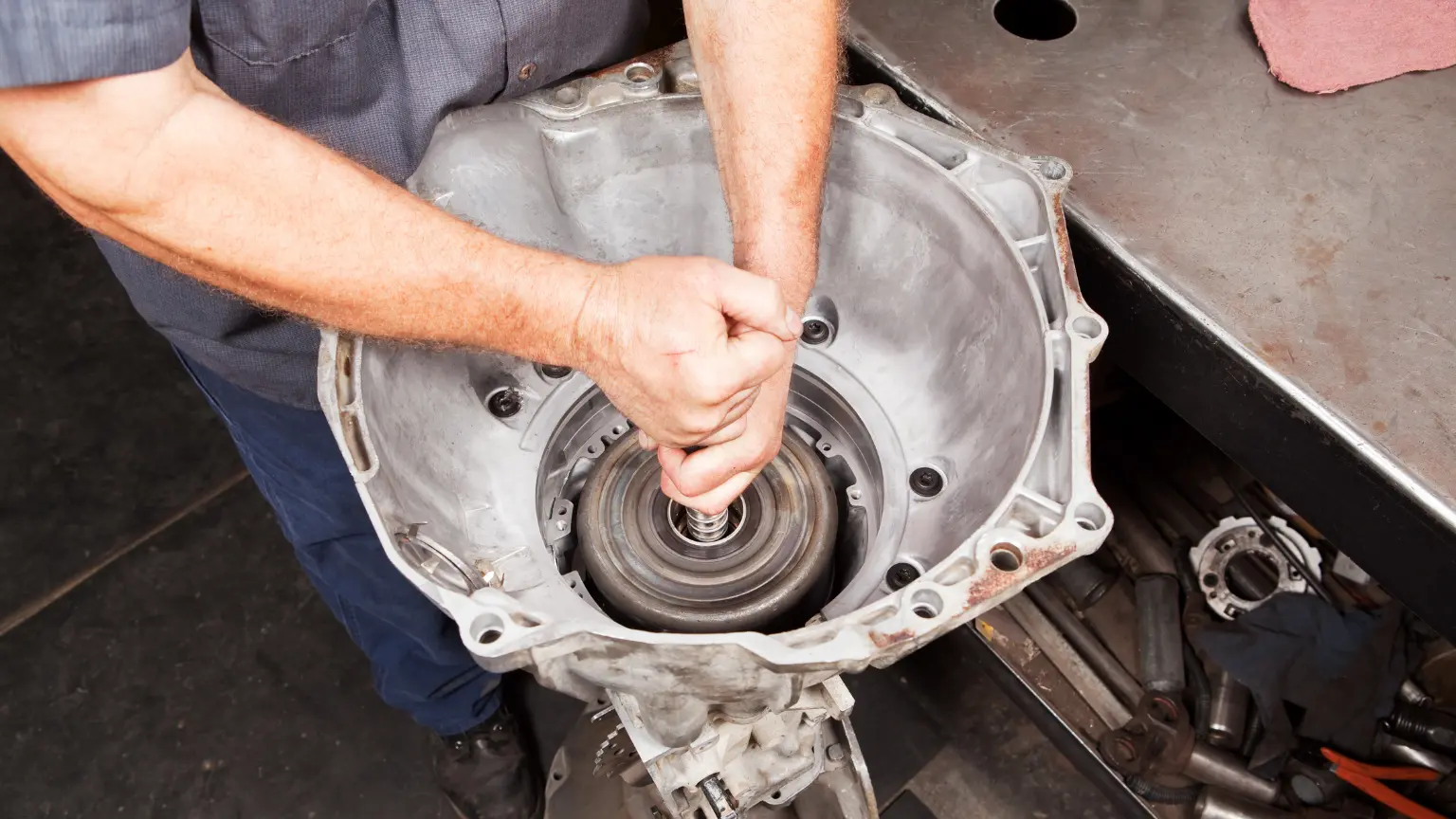
The Transmission Rebuild Process
A specialist typically performs the transmission rebuild process and involves several key steps:
- Removing the Transmission: The mechanic first disconnects and drops the transmission from the vehicle. This can be labor-intensive, especially in front-wheel-drive cars where space is tight.
- Disassembly: Once out, the transmission is opened up. Every gear, clutch pack, band, bearing, and seal is taken apart. Components are laid out methodically, often labeled or sorted, to keep track of where everything goes.
- Cleaning & Inspection: All parts are cleaned in a parts washer to remove old fluid residue and debris. Then each piece is closely inspected. The technician looks for wear, breakage, or burning. Parts that are out of spec, cracked, or excessively worn will be noted for replacement.
- Replacing Components: Any transmission repair items needed are addressed now. Common parts replaced during a rebuild include clutch discs, steel plates, bands, seals, O-rings, gaskets, filters, and sometimes gearsets or solenoids. The rebuild kit will have many of these wear items. The valve body may be refurbished or upgraded, and any other failed components are swapped out.
- Reassembly: The transmission is carefully reassembled in reverse order. All clearances and torque specifications are set to factory specs. New gaskets and seals go in to prevent leaks. The process requires precision to ensure that gear clearances, clutch pack overlaps, and other critical adjustments are accurate.
- Testing: Before putting it back in the car, many shops will air-test the clutches or even use a bench testing rig to ensure things engage properly. After reinstallation, the transmission is filled with fluid, and the vehicle is test-driven to check that it shifts smoothly through all gears with no leaks or abnormal noises.
Each of these stages must be done with great attention to detail. Rebuilding a transmission demands patience and expertise. One small error, like a misplaced snap ring or a speck of dirt in a valve, can cause big problems once the unit is back in service. This is not a DIY job for the average person, but rather one for a seasoned transmission build mechanic with the right tools and knowledge. It’s often said that a transmission rebuild is as much an art as a science, requiring the rebuilder to be methodical and meticulous at every step.
Transmission Repair vs. Rebuild
Not every transmission problem calls for a full rebuild. A simpler transmission repair vs rebuild decision leans toward just fixing one or two components. Transmission repair is usually the first course of action for minor issues such as leaking seals, a faulty solenoid, or a clogged filter. These kinds of problems can often be resolved by addressing specific components or systems without overhauling the entire transmission. For example, if your only issue is a leaking pan gasket or a single failing sensor, a repair can solve it relatively quickly and at a lower cost.
A rebuild, on the other hand, is warranted when there is significant internal damage or widespread wear. If your car has been slipping out of gear or has burned fluid, it’s likely more than a one-part fix, and multiple components inside may be worn out. In that scenario, replacing just one failing part might only be a temporary fix if other parts are also on the verge of failure. Rebuilding addresses all the aging parts simultaneously.
Transmission repair targets a specific issue, such as patching a single hole in a leaky roof, whereas a rebuild is akin to replacing the entire roof when there are leaks all over. The rebuild ensures that the entire system is refreshed, not just the obviously bad part. Of course, a rebuild is more expensive than a minor repair, so mechanics will usually recommend rebuilding only if the problems are extensive or if a repaired transmission would likely fail again soon due to other weak components.
Transmission Rebuild vs. Replacement
What if your transmission is badly damaged? Should you rebuild it or replace it outright? This rebuild vs replacement dilemma is common when a transmission fails. Each approach has its own merits, and the best choice depends on the situation.
- Cost: Rebuilding a transmission is significantly cheaper than replacing it with a new unit. On average, a professional transmission rebuild vs replace scenario might cost roughly half as much for the rebuild. For example, one source estimates that rebuilding a transmission costs around $3,000, whereas a full replacement can run about $6,500 on average. This makes sense, as replacement usually involves purchasing an entirely new or factory-remanufactured transmission, which is a significant expense, while rebuilding primarily incurs labor and parts costs for the overhaul. If budget is a major concern, rebuild has the clear advantage.
- Downtime: A replacement can sometimes get you back on the road quicker. If a suitable replacement transmission is readily available, the shop may simply order it and swap it in. The actual swap might take a day once the part arrives. Rebuilding, as described, can take several days of work. However, not all replacements are quick. If you have a rare model or an older car, finding the right transmission could take time, too. Many drivers opt for rebuilds because their specific transmission might be hard to find or because they prefer keeping the original unit with the car.
- Reliability: A brand-new or professionally remanufactured transmission comes with all-new components and often an excellent warranty. It’s essentially like your car just rolled out of the factory, at least as far as the transmission is concerned. A rebuild, if done well, can also be very reliable and extend the life of your car significantly.
- When to choose which: If your transmission is broken beyond repair, rebuilding might not be feasible, and replacement is the only real option. Likewise, if the transmission model has known design flaws, some people choose a replacement or remanufactured unit that may have updates or improvements. On the other hand, if the core of your transmission is still solid and it just has worn components, rebuilding is usually the smarter, more economical choice. Many mechanics will disassemble the failed transmission first and then advise you if they find evidence that a rebuild is possible or if too much damage has occurred.
Rebuilding saves money and keeps your original transmission, while replacing gives you essentially a brand-new component. It often comes down to the condition of your existing transmission and your budget.

Signs Your Transmission Needs Rebuilding
Transmissions that hesitate to shift, or slam into the next gear with a jolt, are telling you something’s wrong. You might notice the engine revs high before a gear finally engages. Hard shifts or long delays can mean internal clutch wear, sticking valves, or other issues that often require an overhaul to fix properly. Pay attention to any new whining, buzzing, or grinding noises, especially when the car shifts gears. A grinding sound during shifts is a terrible sign. It often means metal components are grinding due to excessive wear or a lack of fluid lubrication. Hearing a harsh grinding when you change gears is a pretty clear sign your vehicle may need a transmission rebuild. Clunking or banging noises can also indicate broken internal parts or mounts.
Finding a puddle of reddish fluid under your car can mean that a transmission seal or gasket has failed. Low fluid can quickly lead to transmission failure because of overheating and a lack of hydraulic pressure. While a leak itself can be repaired, often by replacing a seal, it’s the damage from driving with low fluid that might necessitate a rebuild. If the transmission ran dry and internal parts scorched or warped, simply fixing the leak won’t undo the internal damage. Modern cars often monitor transmission performance. If the transmission computer detects excessive slipping or irregular gear ratios, it can trigger a check engine light. Don’t ignore that light, as it could be as minor as a sensor, but it could also be an early alert to internal issues. A diagnostic scan can pull transmission-related trouble codes to guide the next steps.
Any one of these signs should prompt a visit to transmission lifespan rebuild shops for diagnosis. A good transmission specialist can often tell from a test drive and fluid inspection whether the issue is something that can be fixed externally or if the unit needs to come out for a rebuild. Knowing when to rebuild the transmission versus trying smaller repairs comes down to severity.
Choosing a Transmission Rebuild Shop or Mechanic
Because a rebuild is such a complex job, selecting the right people to do it is crucial. Not every auto repair garage has the expertise for transmissions. You’ll want a specialist or a well-regarded transmission rebuild shop for this work. Here are some tips for choosing a shop or transmission build mechanic:
- Certification and Experience: Look for shops with certified transmission technicians. Experience matters tremendously; you want someone who has rebuilt many transmissions before. Don’t hesitate to ask how often they rebuild on your type of vehicle.
- Reputation and Reviews: A good transmission shop should have a strong reputation in the community. Check online reviews and ask around. Consistently positive feedback and word-of-mouth recommendations are a great sign. Avoid places that have frequent complaints about failed repairs or poor service.
- Quality Parts: Inquire what kind of parts the shop uses in their rebuilds. Do they use OEM parts or high-quality aftermarket components? Using cheap or subpar parts can undermine a rebuild. A quality shop will use new components from reputable suppliers. A reliable shop will follow factory guidelines and use OEM-grade parts so your rebuilt transmission shifts “like new” again.
- Transparency in Pricing: A reputable shop will be upfront about the expected cost and what that includes. They should provide an estimate that lists the major parts and labor. Be cautious of any shop that can’t give a clear explanation of their pricing or tries to upsell you on unnecessary extras. In fact, a trustworthy transmission rebuild shop will be transparent about costs and stand behind their work with a warranty.
- Warranty on Work: When considering a shop, look for one that offers a warranty on the rebuild. Typical warranties can range from 12 months/12,000 miles up to 3 years/36,000 miles for top-tier shops. This not only protects you if something goes wrong, but it’s also a sign the shop is confident in its workmanship.
- Communication and Customer Service: Pay attention to how the shop treats you when you inquire. Are they willing to answer your questions and explain the process? A good transmission mechanic will be able to explain what’s wrong in plain terms and lay out your options (repair, rebuild, replace) without pressuring you. Good communication is also essential during the rebuild.
Select a specialist who is qualified, uses high-quality parts, and has a proven track record. This significantly increases the likelihood that your transmission rebuild will be successful. If you’re in the Pacific Northwest, for example, Gresham TransMedic is an example of a specialized shop focusing on transmissions, known for working to factory standards and reliability. Getting your transmission rebuilt is a major service, so entrust it only to those who have proven expertise in this exact field.
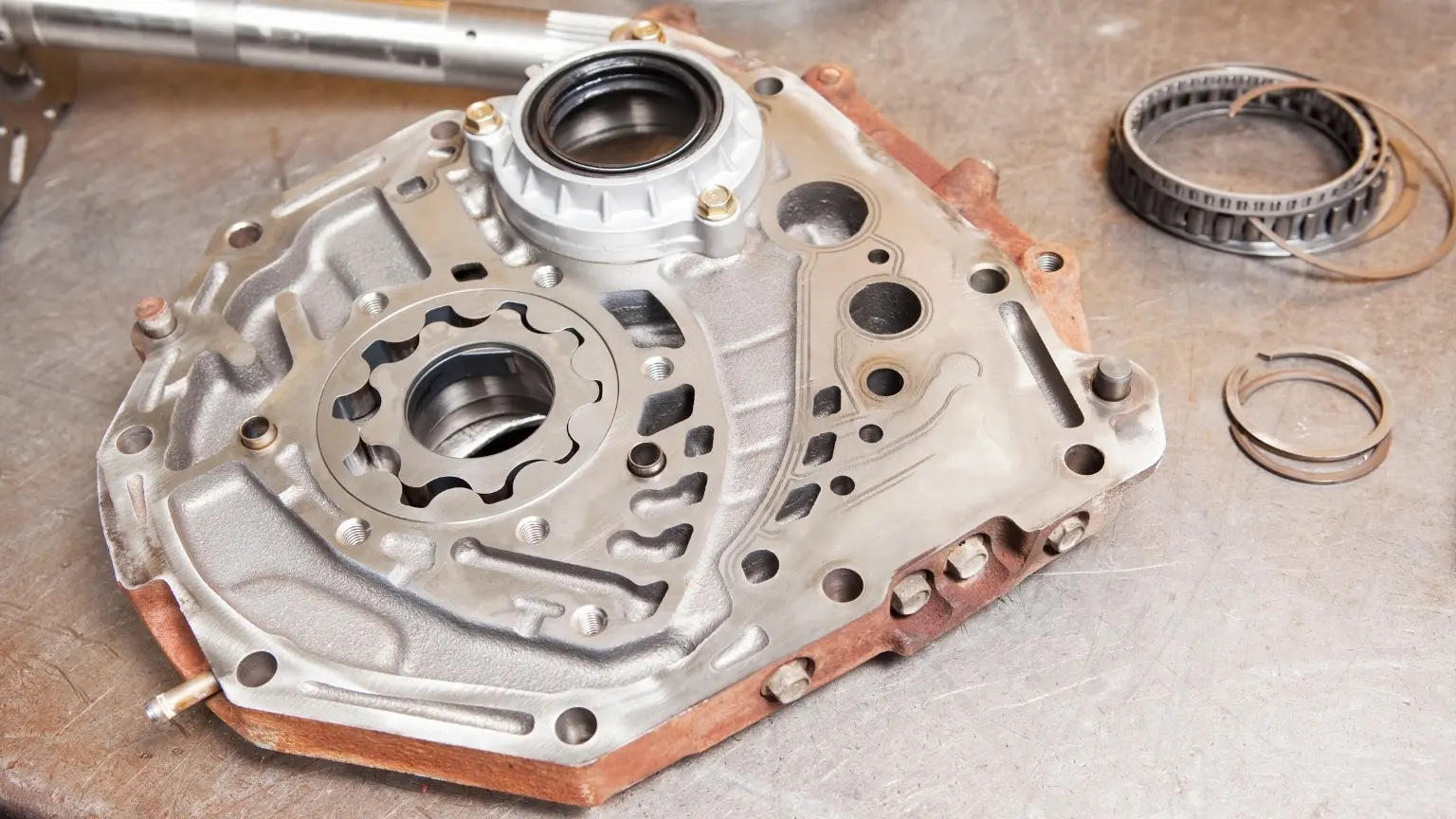
Deciding how to deal with a bad transmission can be daunting, but understanding your options makes it easier. It’s all about weighing the benefits of rebuilding versus replacing transmission failures against your specific situation, including budget, vehicle age, and how long you plan to keep the car. A well-executed rebuild can save you money and keep your car running smoothly, making it a desirable option when transmissions fail. Keep an eye out for the warning signs we discussed, maintain your vehicle’s transmission with proper fluid changes, and address problems early.
Sources
- Gresham TransMedic – "Transmission Repairs & Rebuilds" greshamtransmedic.com
Follow a maintenance program
Ante gravida id aenean quis egestas risus nam amet nullam leo diam diam aliquam eu eu malesuada arcu rhoncus suspendisse nulla mattis ut amet sagittis in justo egestas.
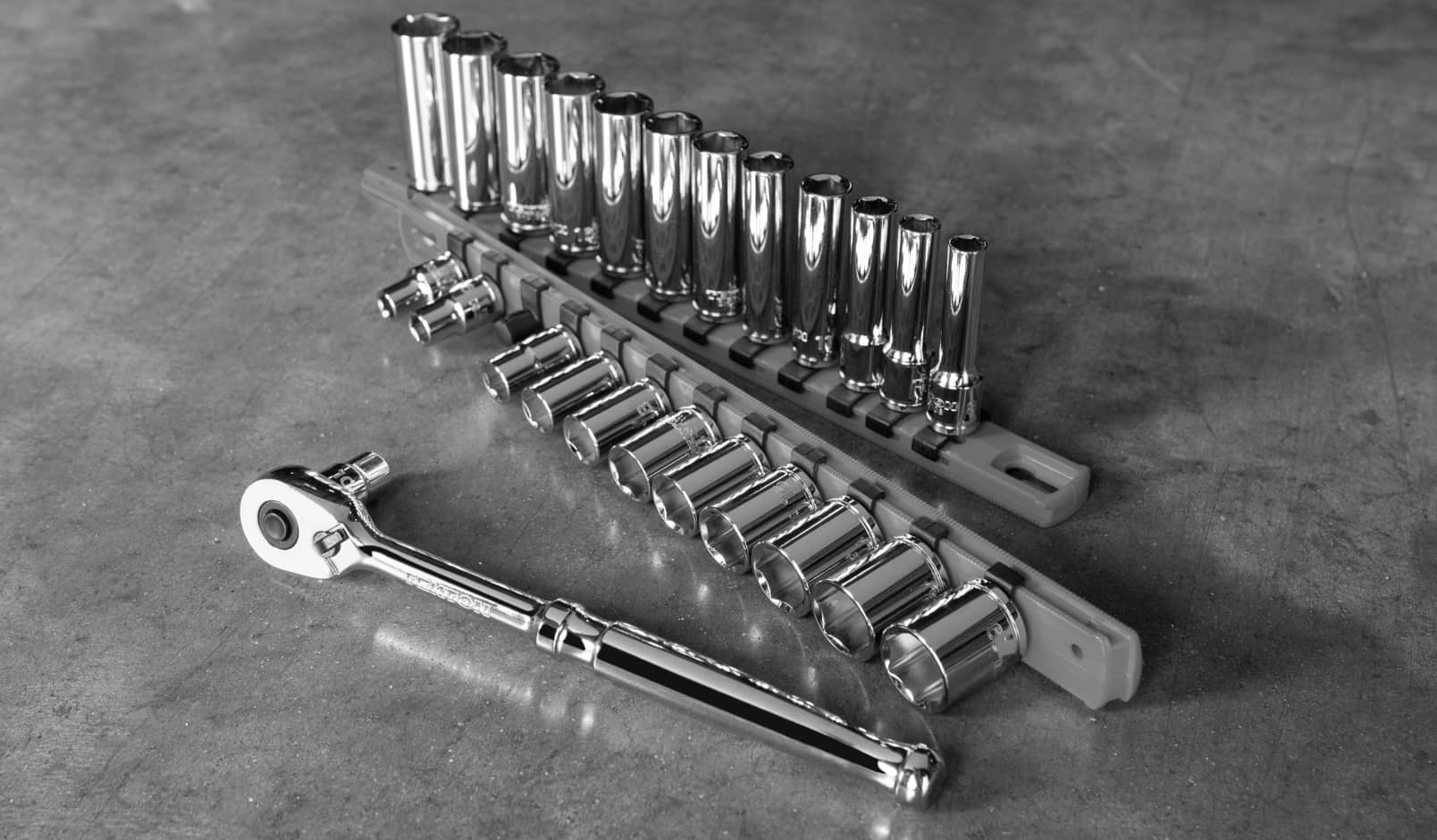
search for a trusted mechanic
Lorem ipsum dolor sit amet, consectetur adipiscing elit lobortis arcu enim urna adipiscing praesent velit viverra sit semper lorem eu cursus vel hendrerit elementum morbi curabitur etiam nibh justo, lorem aliquet donec sed sit mi dignissim at ante massa mattis.
- Neque sodales ut etiam sit amet nisl purus non tellus orci ac auctor
- Adipiscing elit ut aliquam purus sit amet viverra suspendisse potent
- Mauris commodo quis imperdiet massa tincidunt nunc pulvinar
- Excepteur sint occaecat cupidatat non proident sunt in culpa qui officia
Check the air pressure in your tires
Vitae congue eu consequat ac felis placerat vestibulum lectus mauris ultrices cursus sit amet dictum sit amet justo donec enim diam porttitor lacus luctus accumsan tortor posuere praesent tristique magna sit amet purus gravida quis blandit turpis.
Review your suspension frequently
At risus viverra adipiscing at in tellus integer feugiat nisl pretium fusce id velit ut tortor sagittis orci a scelerisque purus semper eget at lectus urna duis convallis. porta nibh venenatis cras sed felis eget neque laoreet suspendisse interdum consectetur libero id faucibus nisl donec pretium vulputate sapien nec sagittis aliquam nunc lobortis mattis aliquam faucibus purus in.
- Neque sodales ut etiam sit amet nisl purus non tellus orci ac auctor
- Adipiscing elit ut aliquam purus sit amet viverra suspendisse potent
- Mauris commodo quis imperdiet massa tincidunt nunc pulvinar
- Excepteur sint occaecat cupidatat non proident sunt in culpa qui officia
Service your vehicle as regularly as posible
At risus viverra adipiscing at in tellus integer feugiat nisl pretium fusce id velit ut tortor sagittis orci a scelerisque purus semper eget at lectus urna duis convallis. porta nibh venenatis cras sed felis eget neque laoreet suspendisse interdum consectetur libero id faucibus nisl donec pretium vulputate sapien nec sagittis aliquam nunc lobortis mattis aliquam faucibus purus in.
“Nisi quis eleifend quam adipiscing vitae aliquet bibendum enim facilisis gravida neque velit euismod in pellentesque”
Conclusion
Eget lorem dolor sed viverra ipsum nunc aliquet bibendum felis donec et odio pellentesque diam volutpat commodo sed egestas aliquam sem fringilla ut morbi tincidunt augue interdum velit euismod eu tincidunt tortor aliquam nulla facilisi aenean sed adipiscing diam donec adipiscing ut lectus arcu bibendum at varius vel pharetra nibh venenatis cras sed felis eget.

